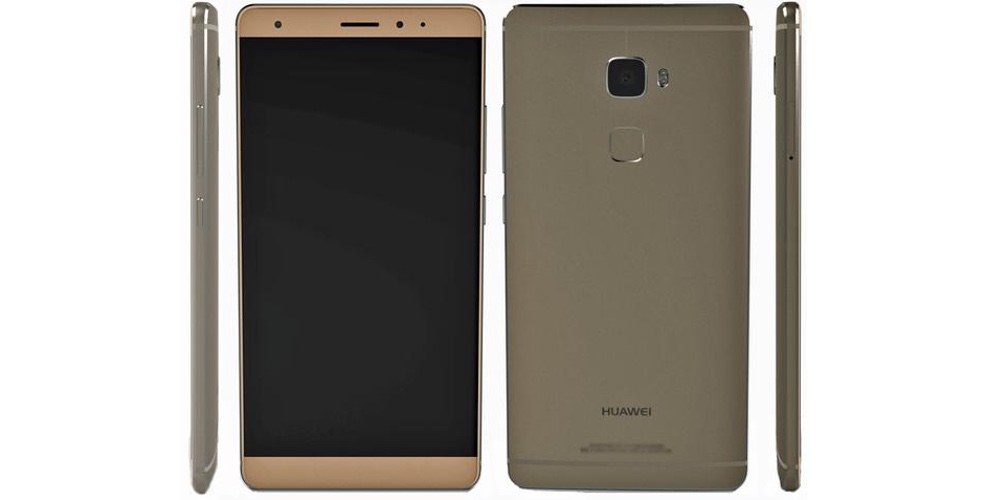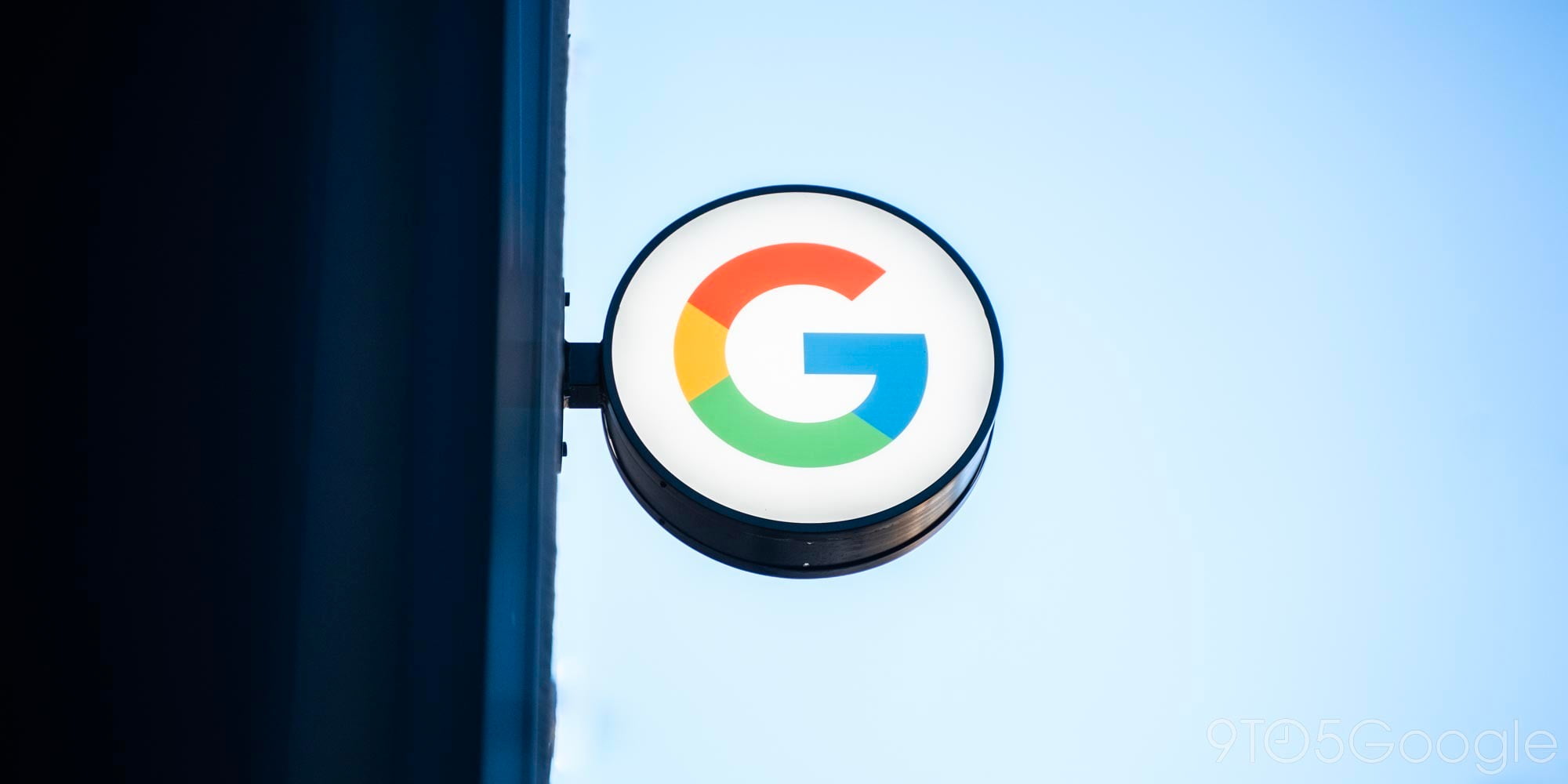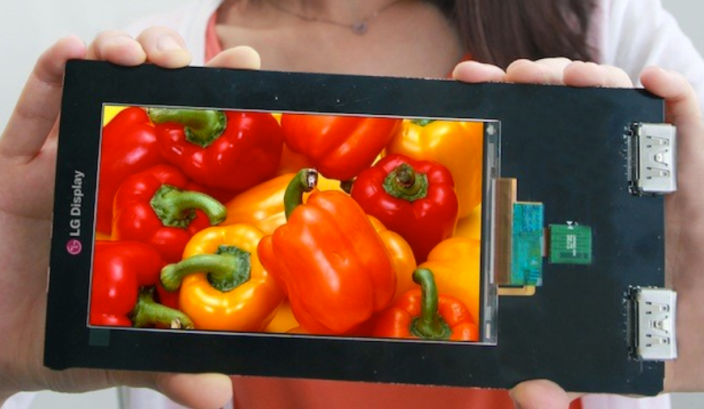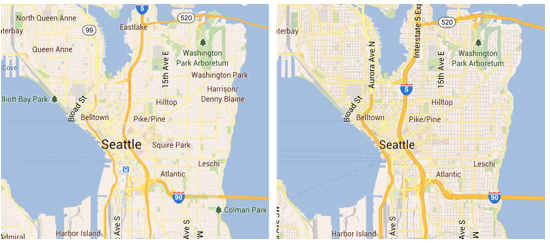Upcoming Huawei device leaks ahead of purported September launch
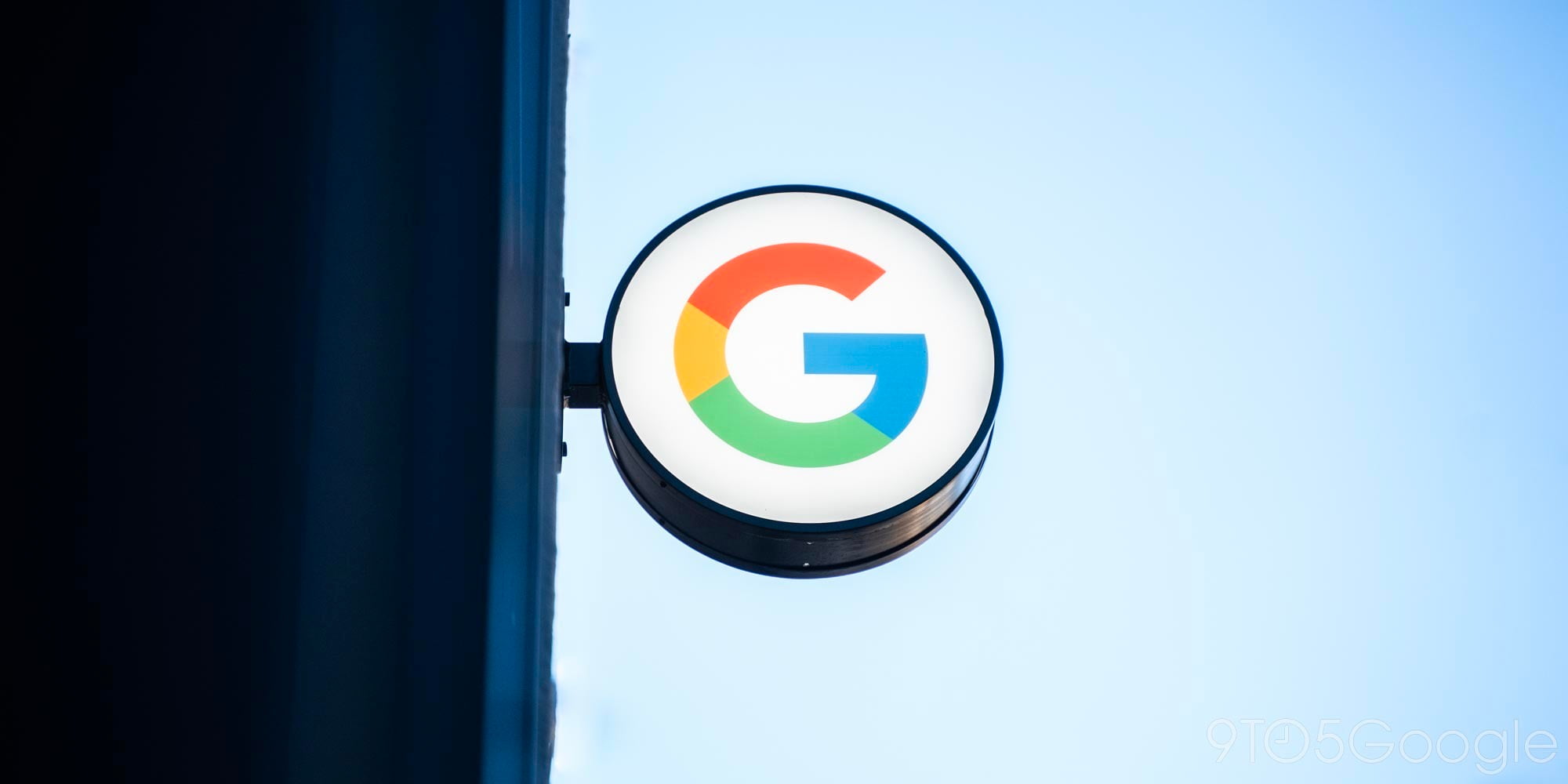
With Samsung pulling out of IFA this year and opting for hosting its own event, you may be left wondering if there’s anything worth looking forward to at this year’s tech show in Berlin. Thankfully, it looks as though Huawei is preparing to show off one of its own new devices. Two leaks have shown up on Twitter today, one press render from Evan Blass and another picture of a pre-release device running AnTuTu benchmark tests from Steve Hemmerstoffer.
According to Evan Blass, better known as @evleaks, the device is going to be announced on September 2nd, at an event during IFA. Although he doesn’t know what the device’s name will be, he does state that it will feature ‘Force Touch’. If true, this will make it one of the first smartphones announced with a built in sensor to detect pressure on the touchscreen. Of course, Apple is expected to implement the technology in to its upcoming smartphones, but Cupertino isn’t likely to announce anything new until September 9.
Launching at IFA on 9/2. Features force touch. Branding currently unknown (D-series?). pic.twitter.com/5w2t7m7Nsx
— Evan Blass (@evleaks) August 8, 2015
Add that to the images of what is almost certainly a prototype, or pre-release test unit, and we start to get a clearer picture of the device. Looking at the information on screen from the benchmark tests suggests we’ll see a 1080p display, with an octa-core 64-bit processor. If you were to look at design alone, you might think this is perhaps the next generation Huawei Ascend Mate device. However, look closely and you’ll realize that can’t be the case.
You’ll also see that it has a 13MP camera and runs Android 5.1.1. But what’s really interesting to me is the claimed DPI count (better known as PPI or pixels per inch). The benchmark states that it has a pixel density of 480ppi. If so, using a pixel density calculator, it can’t possibly be a follow-up to the 6-inch Mate7. 1080×1920 over 6-inches is 367ppi. So this could perhaps be the mini version of Huawei’s Ascend Mate 7, with a screen measuring 4.6-inches diagonally. That’s not forgetting, the Mate 7 was only announced in March this year.
Of course, this is all just speculation for now. We’ll find out all about this device once it has been announced. It’ll be intriguing to see where in the market this supposed device will sit alongside the Huawei P8 and P8 Lite and if it’ll be restricted to just specific markets, or available globally. It’s unlikely that this is the long-rumored Huawei Nexus phone, if it is being announced at IFA.
